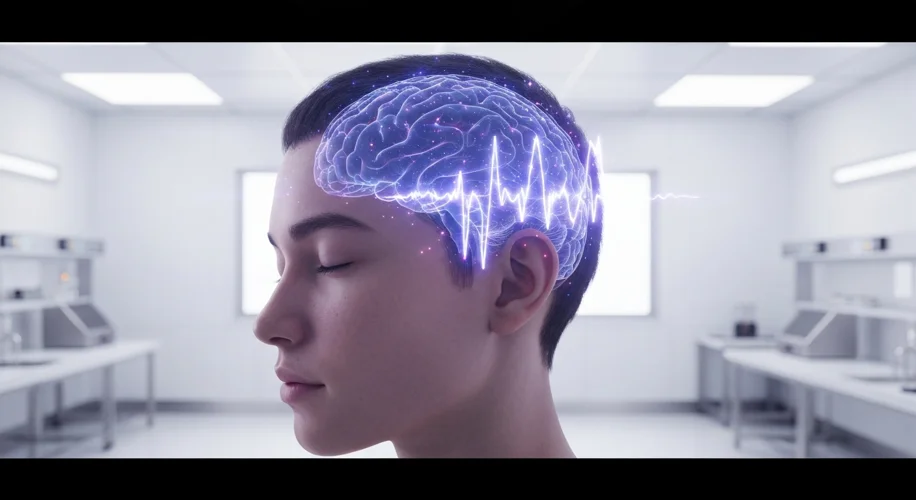Did you know that a simple brainwave test could detect Alzheimer’s disease years before any symptoms even appear? It sounds like something out of science fiction, but new research is bringing this possibility closer to reality.
As someone deeply interested in scientific advancements and their impact on our health, I find this particularly exciting. Early detection is often the key to managing and potentially slowing the progression of many diseases, and Alzheimer’s is no exception.
A New Kind of Early Warning
The breakthrough involves analyzing specific patterns in brainwaves. When we think, learn, or even just rest, our brain produces electrical activity that can be measured. These electrical signals, known as brainwaves, have distinct frequencies and patterns. Researchers have found that subtle changes in these patterns can occur very early in the development of Alzheimer’s, long before memory loss or confusion sets in.
Imagine a quick, non-invasive test that could give us a heads-up. This isn’t about finding a cure overnight, but about giving individuals and their families crucial time. Time to plan, time to seek further medical advice, and time to explore potential lifestyle changes that might help manage the disease’s trajectory.
Why This Matters for Public Health
Alzheimer’s disease affects millions worldwide, and its impact extends far beyond the individual, touching families and healthcare systems. Current diagnostic methods often rely on cognitive tests, brain scans, or spinal taps, which are typically used once symptoms are already present or suspected.
This new brainwave test, if widely adopted, could revolutionize how we approach Alzheimer’s diagnosis. It offers the potential for:
- Earlier Intervention: Catching the disease in its earliest stages means treatments could start sooner, potentially preserving cognitive function for longer.
- Improved Research: Identifying individuals at the very earliest stages of the disease is invaluable for clinical trials and research into new treatments.
- Personalized Planning: Knowing the risk years in advance allows individuals to make informed decisions about their future, from financial planning to care.
The Science Behind the Waves
Brainwave analysis, also known as electroencephalography (EEG), has been used for decades to study brain activity. However, this new research hones in on very specific, subtle alterations in brainwave signatures that are unique to the preclinical stages of Alzheimer’s. These changes are linked to the very earliest biological markers of the disease, such as the build-up of amyloid plaques in the brain.
This is a testament to the power of scientific inquiry. By looking closely at fundamental biological processes, researchers are uncovering new ways to understand and tackle complex diseases.
While this technology is still undergoing further validation, it represents a significant stride forward. It’s a hopeful reminder that progress in neuroscience is happening, offering a glimpse into a future where early detection and intervention for Alzheimer’s are the norm. I’m always inspired by these kinds of developments that show how much we can learn about ourselves and how we can use that knowledge to improve lives.

